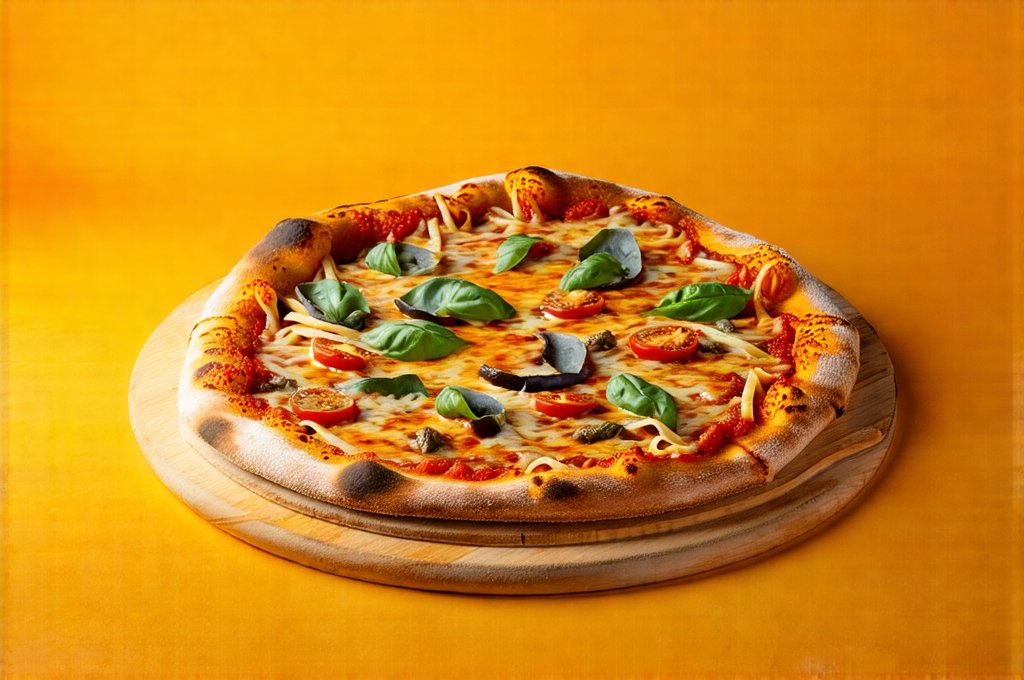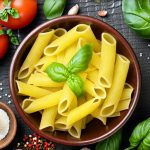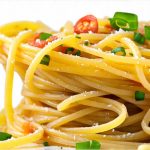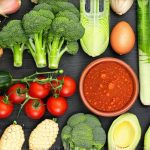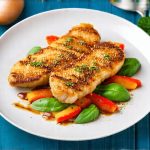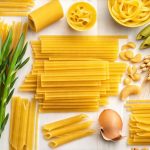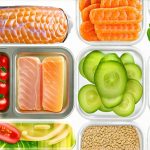Gastroesophageal reflux disease (GERD) is a common condition affecting millions worldwide, characterized by persistent heartburn, regurgitation, and discomfort. While dietary restrictions often play a crucial role in managing GERD symptoms, eliminating entire food groups can feel restrictive and diminish the joy of eating. Many individuals with GERD find that certain foods consistently trigger their symptoms, but pinpointing these triggers can be complex. Pizza and pasta, beloved staples for many, frequently appear on “avoid” lists due to their potential to exacerbate acid reflux. However, completely eliminating them isn’t always necessary; instead, smart ingredient swaps and preparation methods can make enjoying these dishes significantly more comfortable – even for those with sensitive systems.
The key to GERD-friendly pizza and pasta lies in understanding why these foods can cause issues. High fat content slows digestion, increasing the risk of reflux. Tomato sauce acidity is a well-known trigger for some. And certain ingredients like garlic and spicy peppers can directly irritate the esophageal lining. Fortunately, there are numerous ways to modify recipes to minimize these triggers without sacrificing flavor or enjoyment. This article explores how to create delicious pizza and pasta alternatives that cater specifically to GERD sufferers, focusing on ingredient choices, preparation techniques, and portion control for a more comfortable dining experience.
Navigating Pizza Alternatives
Pizza’s inherent characteristics – the doughy crust, rich toppings, and often acidic sauce – can make it a challenging food for those with GERD. However, strategic modifications can drastically reduce its reflux-inducing potential. – Starting with the base: traditional pizza dough is often made with high-gluten flour and can be heavy. Opting for a whole wheat or gluten-free crust reduces digestive strain. Even better, consider cauliflower crusts as an excellent low-carb and potentially gentler alternative. – Sauce selection is paramount. Traditional tomato sauce is a common trigger; using pesto (in moderation due to the fat content), white garlic sauce made with low-fat ricotta, or even roasted red pepper puree can offer flavorful alternatives. If you must use tomato sauce, look for low-acid varieties or balance the acidity with a pinch of baking soda during preparation. – Topping choices are also critical. Avoid high-fat meats like pepperoni and sausage. Instead, lean proteins such as grilled chicken, turkey, or shrimp are better options. Vegetables like spinach, mushrooms, bell peppers (avoid green if they bother you), and zucchini add flavor and nutrients without triggering reflux.
Beyond ingredient swaps, portion control is essential. A smaller slice of pizza – perhaps two slices instead of four – can significantly reduce the strain on your digestive system. Furthermore, eating slowly and mindfully allows for better digestion and reduces the likelihood of overeating, which can exacerbate GERD symptoms. Finally, avoid pairing pizza with carbonated beverages or caffeine, both of which can worsen acid reflux. Understanding how emotional overstimulation impacts digestion can also help in managing these symptoms.
Rethinking Pasta Choices
Pasta, like pizza, often faces scrutiny in GERD-friendly diets due to its potential to cause bloating and heartburn. The key is choosing the right type of pasta and accompanying sauces. – Whole wheat pasta provides more fiber than refined white pasta, promoting better digestion. However, some individuals find even whole wheat pasta difficult to digest; experimenting with different types—such as quinoa or brown rice pasta—may be necessary. Gluten-free options are also available but can vary widely in texture and taste. – Sauce is where significant changes can be made. Creamy tomato sauces tend to be more problematic than lighter alternatives. Pesto (again, in moderation), olive oil-based sauces with herbs and vegetables, or even a simple sauce made with avocado and lemon juice offer flavorful and less triggering options. Avoid heavy cream-based sauces, as the high fat content can worsen reflux. – Protein pairings also matter. Lean proteins such as grilled chicken or fish are preferable to fatty meats. Vegetables like broccoli, asparagus, and carrots add nutrients and fiber without causing discomfort.
Consider incorporating smaller portion sizes of pasta into your meals. A half-cup serving is often sufficient, especially when combined with a generous helping of vegetables and lean protein. Eating slowly and chewing thoroughly aids digestion and reduces the risk of heartburn. Furthermore, avoiding spicy seasonings in the sauce can minimize esophageal irritation. Being aware of chewing rhythm is also a helpful practice for digestion.
Building a GERD-Friendly Pizza
Creating a truly GERD-safe pizza requires careful consideration of each component. – Crust: A cauliflower crust provides a low-carb, easy-to-digest base. Alternatively, a thin-crust whole wheat or gluten-free option is viable. Avoid thick, heavy crusts. – Sauce: Pesto made with reduced-fat ricotta and basil offers a flavorful alternative to tomato sauce. If using tomato sauce, opt for low-acid varieties and add a pinch of baking soda during preparation to neutralize acidity. Pureed roasted red peppers provide another excellent base. – Toppings: Lean proteins like grilled chicken or shrimp are ideal. Load up on GERD-friendly vegetables such as spinach, mushrooms, bell peppers (yellow or orange are often better tolerated than green), and zucchini. Avoid high-fat meats, spicy peppers, and excessive amounts of cheese.
Consider a drizzle of olive oil after baking to add moisture and flavor without increasing fat content. Serving with a side salad can also aid digestion by providing fiber and nutrients. Experimenting with different combinations of toppings will help you discover your personal GERD-friendly pizza preferences. It is important to understand gut recovery after a disruptive meal.
Mastering Pasta Sauce Modifications
The sauce is often the biggest culprit when it comes to pasta-related reflux. – Low-Acid Tomato Alternatives: If tomato-based sauce is desired, use low-acid canned tomatoes or add a pinch of baking soda during cooking to neutralize acidity. Incorporating carrots or beets into the sauce can naturally sweeten and balance the flavor. – Creamy Without the Cream: Avocado-lemon sauce offers a creamy texture without the high fat content of traditional cream sauces. Blend one ripe avocado with lemon juice, garlic (in moderation), and herbs for a delicious and GERD-friendly alternative. – Pesto Power: Pesto made with reduced-fat ricotta or silken tofu can provide a flavorful base. Be mindful of portion sizes due to the inherent fat content, even in lighter versions.
Remember to avoid ingredients that are known triggers for your individual GERD symptoms. Food temperature can also impact digestion and should be considered when preparing meals. Experimenting with different herbs and spices will help you create a sauce that is both delicious and comfortable.
Portion Control and Meal Timing
Even with careful ingredient selection, portion control and meal timing play crucial roles in managing GERD. – Smaller Portions: Aim for smaller servings of pizza and pasta – perhaps two slices of pizza or half a cup of pasta – to reduce the strain on your digestive system. – Slow Eating: Eat slowly and chew thoroughly to aid digestion and prevent overeating. – Meal Timing: Avoid eating large meals close to bedtime, as this can increase the risk of reflux while lying down. Allow at least 2-3 hours between your last meal and bedtime. – Hydration: Drink plenty of water throughout the day to help with digestion and keep the esophageal lining hydrated.
By following these guidelines, individuals with GERD can continue to enjoy pizza and pasta without sacrificing their comfort or well-being. Remember that everyone is different, so it’s essential to listen to your body and adjust your diet accordingly. A neurochemical imbalance can contribute to digestive issues. Paying attention to these factors will help you manage GERD symptoms effectively.

